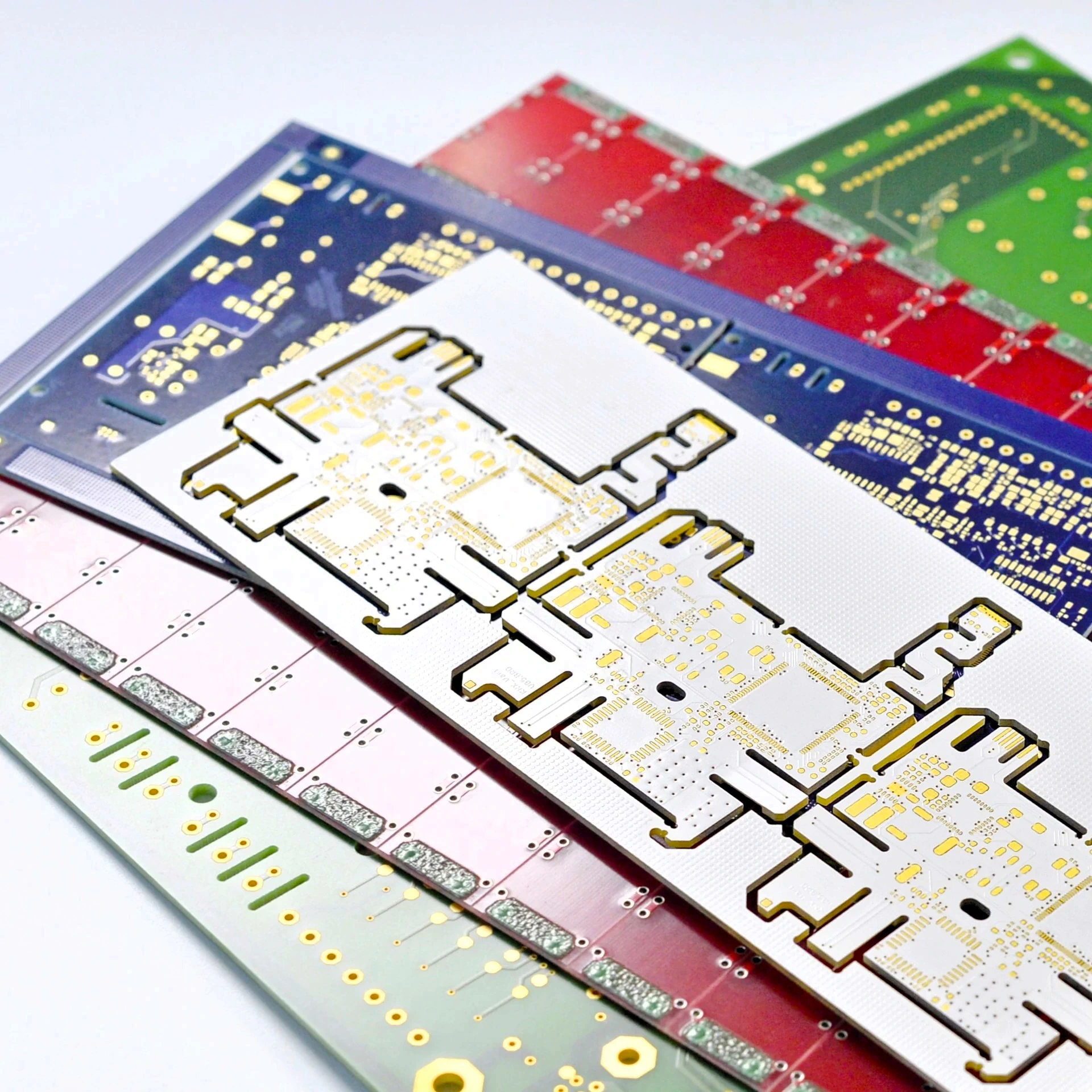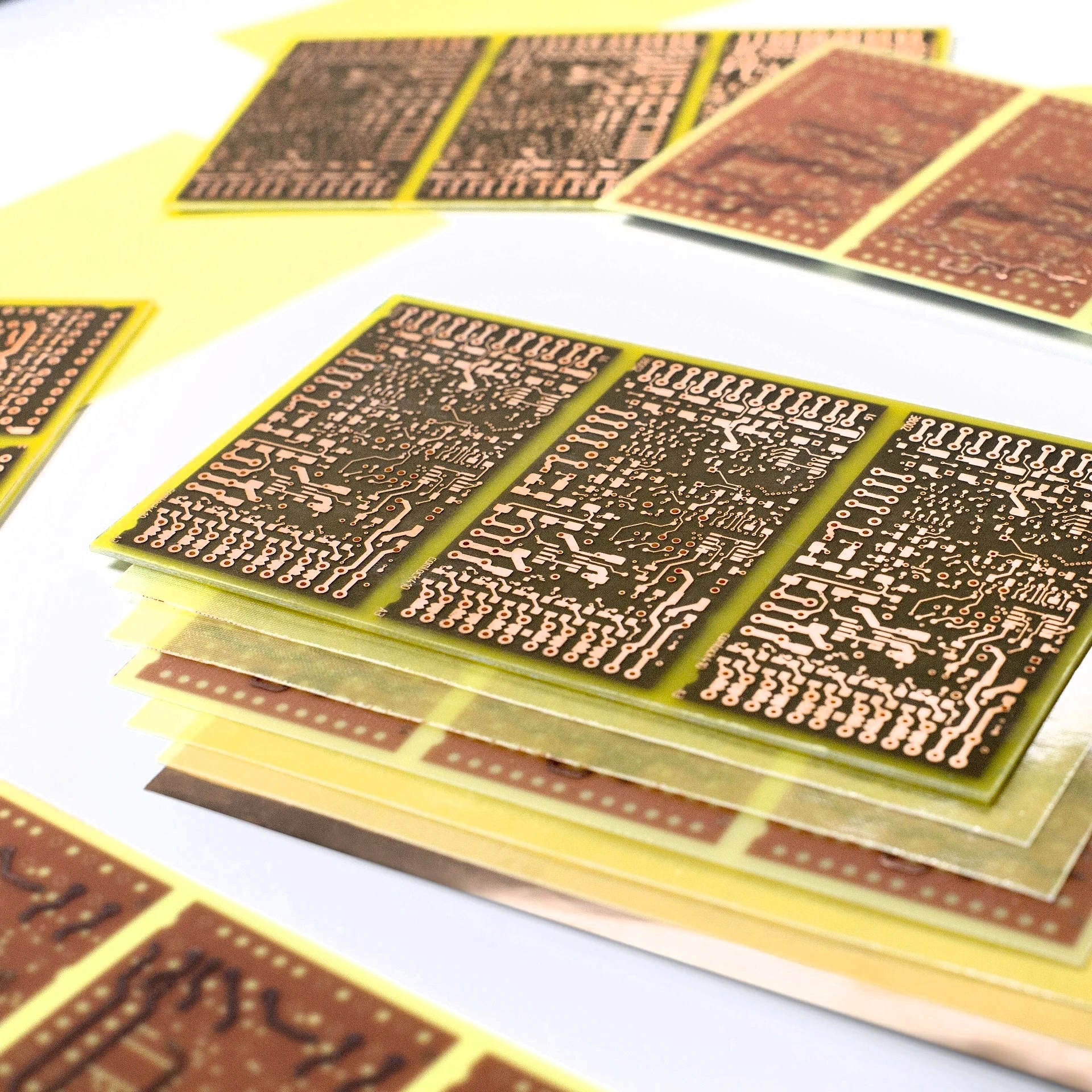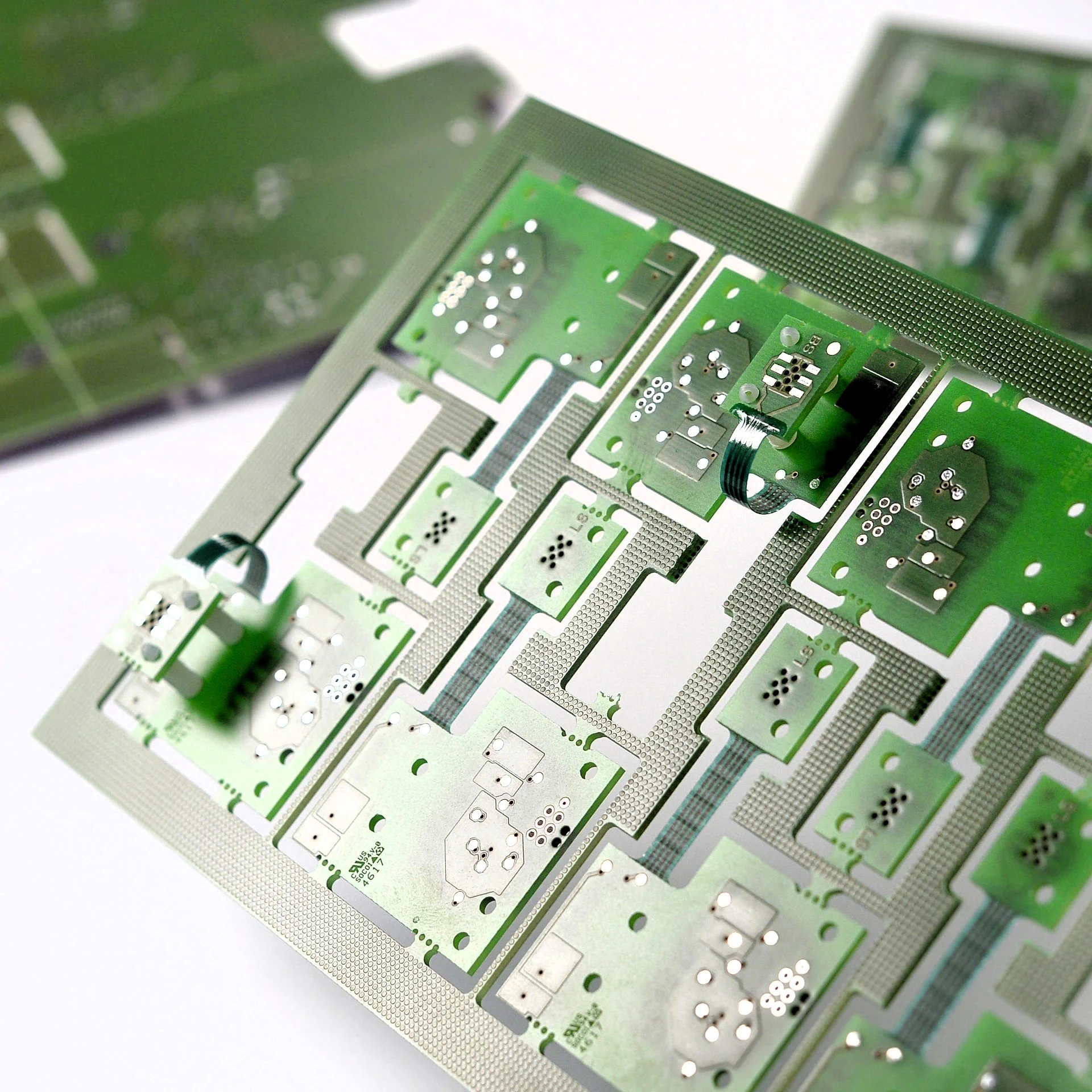Betriebsferien
Liebe Kunden. Am 21.12.2023 sind wir das letzte Mal ganztägig für Sie erreichbar, bevor wir eine kurze Betriebspause einlegen, um ebenfalls die Feiertage zu genießen. Ab 03.01.2024 sind wir wieder wie gewohnt für Sie da. Bitte beachten Sie, dass diese Tage bei der Ermittlung der Lieferzeit nicht berücksichtigt werden. Für Aufträge, die vom 22.12.2023 bis 03.01.2024 erteilt werden, gilt als erster Werktag der 04.01.2024.














